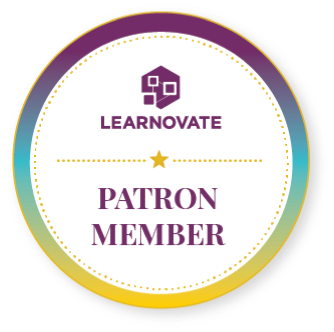The modern academia champions a diversified portfolio of assessment methods that transcend the paper-and-pencil exam. From project-based assessments, peer reviews, to simulations that mimic real-world challenges, these methods breathe life into learning outcomes, ensuring they’re both credible and thorough.
Impacts on Education and Employability
The implications of these changes ripple far beyond the hallowed halls of universities. Employers seek candidates equipped not just with theoretical knowledge but the practical application and critical thinking that these new assessment methods foster. In ensuring our assessment strategies align with the needs of 21st-century industry, higher education plays the role of a responsive innovator.
The Evolution of Assessment Methods
To understand where we’re headed, we must first appreciate where we’ve been. The evolution of assessment methods is a testament to how higher education adapts to the complexities of an evolving world.
The Grading System – An Overture
The traditional grading system, with its celebrated A’s and dreaded F’s, was the first dance academia shared with assessment. While it has served its purpose, it now stands as a foundation upon which a myriad of modern methods are stacked.
From Summative to Formative Assessment
If traditional assessment provides a rear-mirror view of learning, formative assessments offer a glance ahead. These real-time diagnostics, rich in feedback, drive the educational agenda and pivot students toward success before they even stumble.
Assessment Methods in Higher Education
Here are the most popular methods of assessment in higher education:
1) Multiple-Choice Questions (MCQs)
2) Essays and Written Assignments
3) Oral Presentations
4) Portfolios
5) Collaborative Projects
6) Case Studies
7) Simulations and Role-Playing Exercises
8) Peer Reviews
9) Self-Assessments
10) Performance-Based Assessments
11) Rubrics for Grading
12) Observational Assessments
13) Holographic Assessment
14) Virtual Reality-based Assessments.
The Rise of Technology in Assessments
Technology has permeated every facet of our lives, and assessments in higher education are no exception. From online exams to virtual reality-based simulations, technology is transforming the way we evaluate student learning and progress. With the aid of software like Akari Curriculum Management Software, educators can now design and administer assessments that are tailored to the unique needs of their students.
Key Areas of Assessment Reform
Reform is not tidy; it’s a confluence of several elements that redefine the status quo.
Alignment with Learning Objectives
Assessment methods must not be a bolted-on afterthought but instead intricately threaded through the curricular fabric. This requires a methodical approach, ensuring that what is being assessed directly correlates to learning objectives.
Leveraging Technology
Technology, the great enabler, has opened the floodgates to innovative assessment methods. Online platforms, interactive software, and AI-driven evaluation tools are crafting a new frontier in how knowledge is tested and skills honed.
Adaptability for Diverse Learners
We educate a patchwork quilt of minds, each unique and valuable. Assessment methods must accommodate this diversity, allowing students to demonstrate their understanding in ways best suited to their learning styles and strengths.
Best Practices in Implementing New Methods
In charting these new territories, it’s important to have a compass. Best practices act as these guides, steering educational institutions away from pitfalls and misdirection.
Pilot Programs and Feedback Loops
Before full implementation, pilot new assessment methods. These microcosms provide an incubation period for innovation, with feedback loops carving the path to refinement.
Holistic Growth Measurement
Assessments must do more than just measure knowledge; they should encapsulate a holistic view of student growth. This includes assessing soft skills, character development, and the ability to collaborate — the building blocks for a well-rounded education.
Continuous Professional Development
Educators, the architects of learning, must continuously develop their assessment literacy. Seminars, workshops, and peer-to-peer learning forums ensure they are equipped to design and evaluate contemporary assessments.
The Road Ahead
Peering into the future, what do we see for assessments in higher education?
Predictive Analytics and Learning Pathways
Anticipatory assessments powered by predictive analytics could forecast academic paths for students, allowing for personalized, adaptive learning experiences.
Global Integration and Standardization
In a world that’s increasingly integrated, are the common languages of assessment on the horizon? Standardization could ease the transfer of academic credentials and support mobility, whether it’s across the state or around the globe.
Ethics and Data Privacy
The plethora of data gathered from modern assessment methods requires a rigorous ethical framework. Privacy concerns and algorithmic biases must be addressed with the same fervor as the deployment of new technologies.
Conclusion
Assessment methods in higher education are a living body, evolving with the times to meet the needs of learners and society. Higher education must continue to push boundaries, embrace change and remain at the forefront of innovation.
